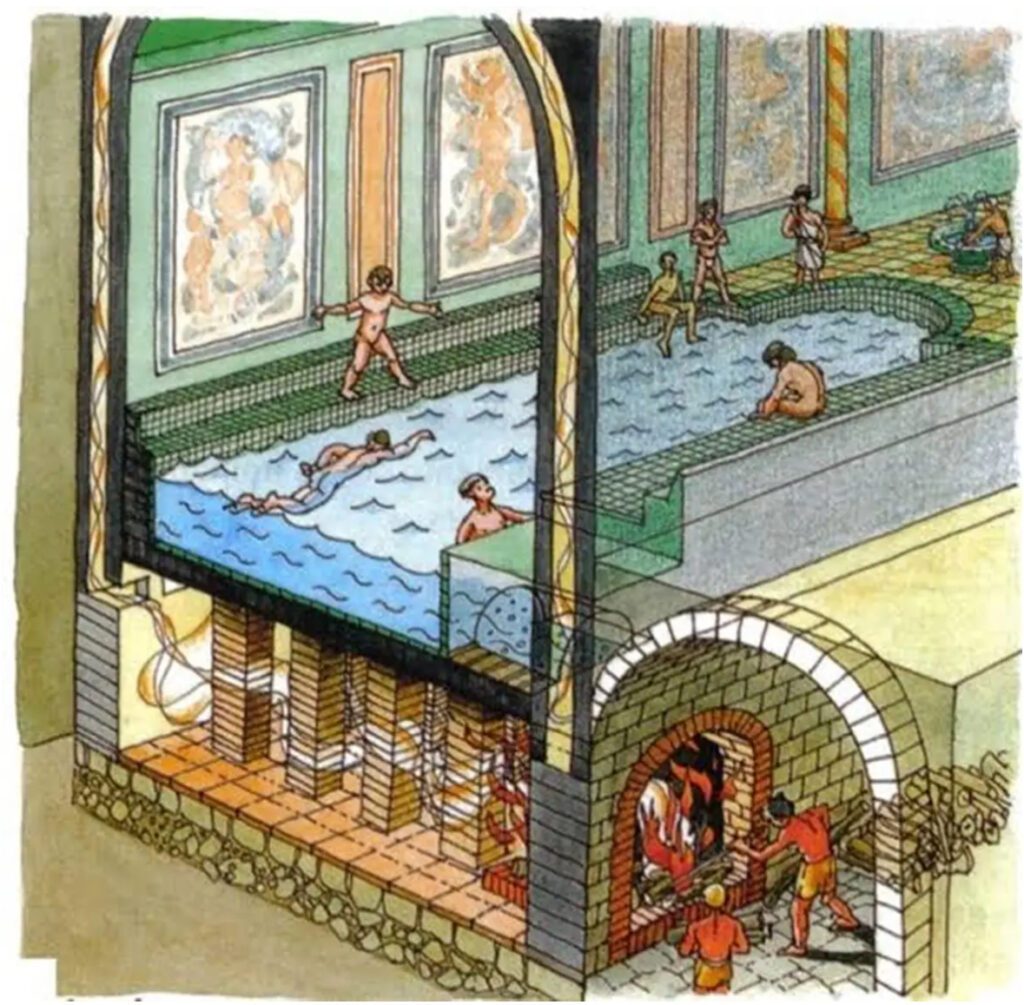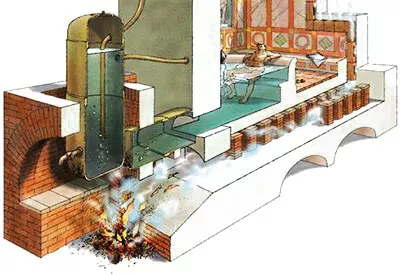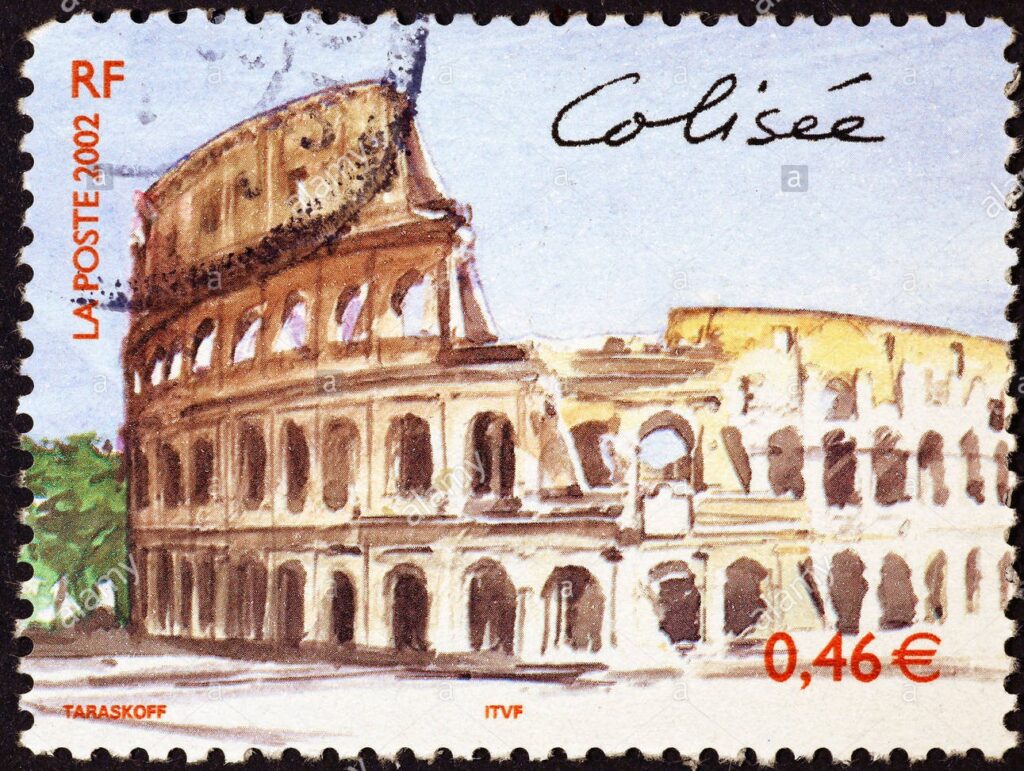Honour the past.
Safeguard the future.
Protect the facts.
The hypocaustum was the first underfloor heating in Human history, invented by Romans.
Roman historians attribute the invention, or rather its fine-tuning, to Sergio Orata, a Roman citizen of Lucrino, a town today a short distance from Lake Averno, who lived in the time of Cicero as Imperator Caesar.


Ipocausto (from the Latin hypocaustum) was a heating system used in ancient Rome, consisting of the circulation of hot air within cavities placed in the floor and walls of the place to be heated.
It seems that the man was inspired by the natural heating system of the Campi Flegrei area.
A vast area located in the Gulf of Pozzuoli, not far from Naples, known in antiquity for its volcanic activity.
He forever changed the habits of those who would come next.
Once again Water and steam are seen as having their ancient symbolic cleansing, puryfiying and healing role.
Air was about at 30 Celsius degrees in hypocaustum. Air was considered much better with this purpose.
The difference between hot and cool air is in weight, also known as density or mass.
Density increases as temperature drops and vice versa.
The same volume of hot air has less molecules in it so it is easier to move around.
Hot air rises then.
This is the law of nature that makes the upper floors of a house generally warmer than the bottom floor or basement.
It’s called convection, and it’s responsible for much of the heat and cold lost inside our homes.
Heat is transferred to and from objects through three processes: conduction, radiation, and convection.
We have to define also induction as heat transfer but is not useful in this meaning.
Induction heated products are not relying on convection and radiation for the delivery of heat to the product surface.
Instead, heat is generated in the surface of the product by the flow of current.
The heat from the product surface is then transferred through the product with thermal conduction.
When comparing conduction and induction, the key difference between the two is physical contact.
Conduction requires direct contact with the conductor.
Induction does not require direct contact with the conductor.
And thus, we can define entropia of Clausius Rudolf.
An uniform distribution of temperature inside a system.
In other words, it is the measure of the degree of thermal equilibrium reached by a system at a given moment.
Finally, I consider air much better than water in underfloor heating systems also because we may not even need piping, since the floor of this one was raised by brick or masonry pillars (suspensurae, Vitruvius), generally from 40 to 60 cm high, so as to give rise to a large air chamber.
Rome was already ars gratis artis of modern technology civilization.

This concept excludes any economic, utilitarian, moral, political, social or religious purpose.
In Thailand, compared to water, they say same same but different.
Sleeping on your laurels. Remain inoperative by being satisfied with the successes obtained is not the right choice.
(Italian popular proverb)
The measure of intelligence is the ability to change.
It’s not the doubt, but it’s the certainty that drives you crazy.
